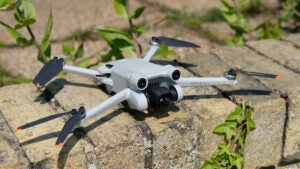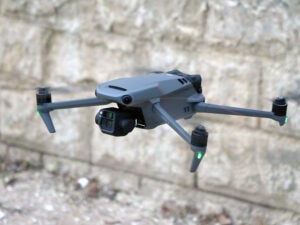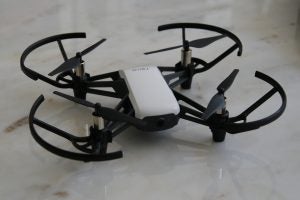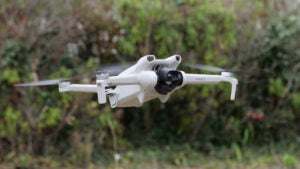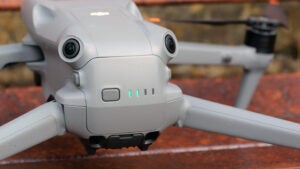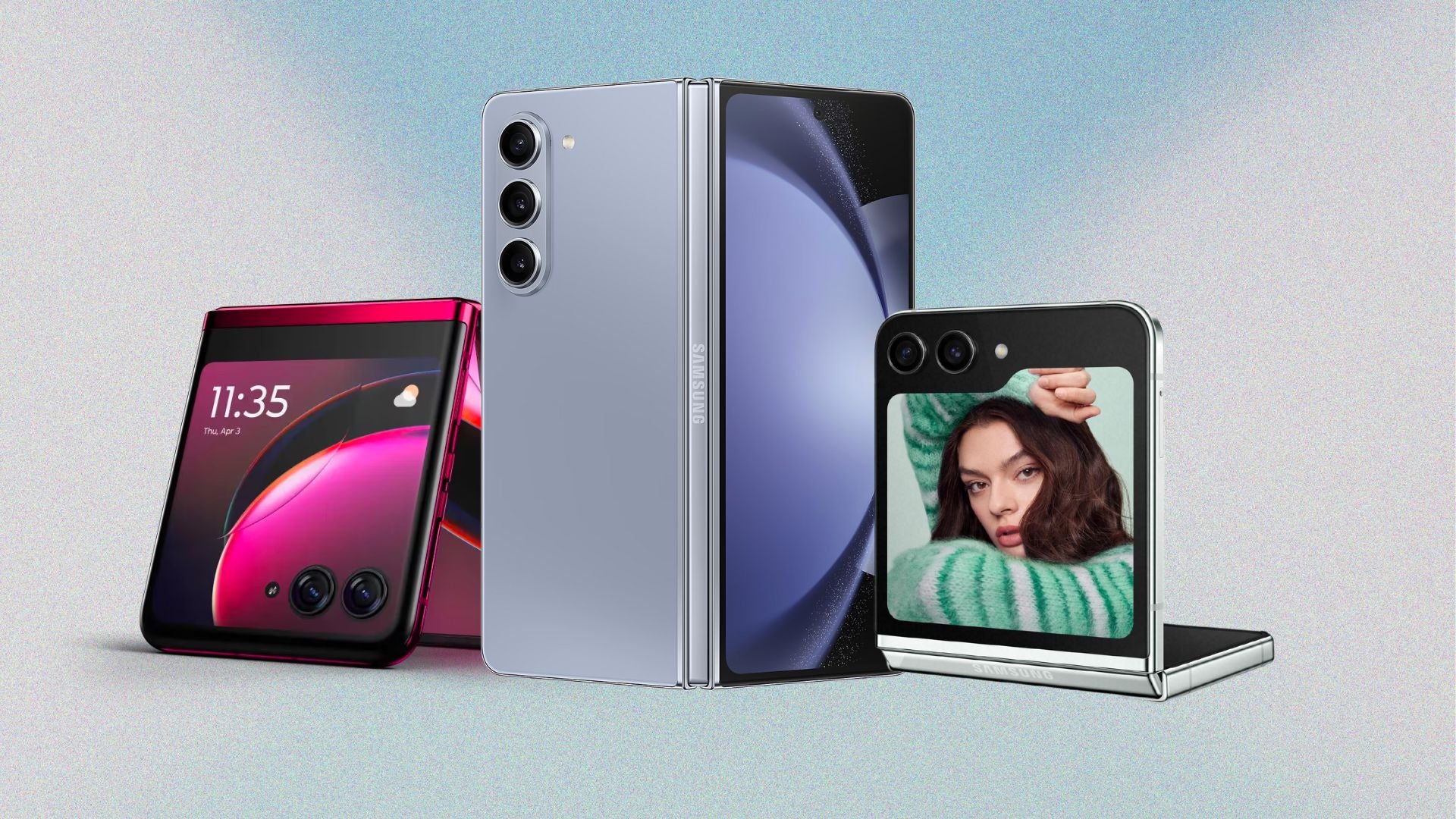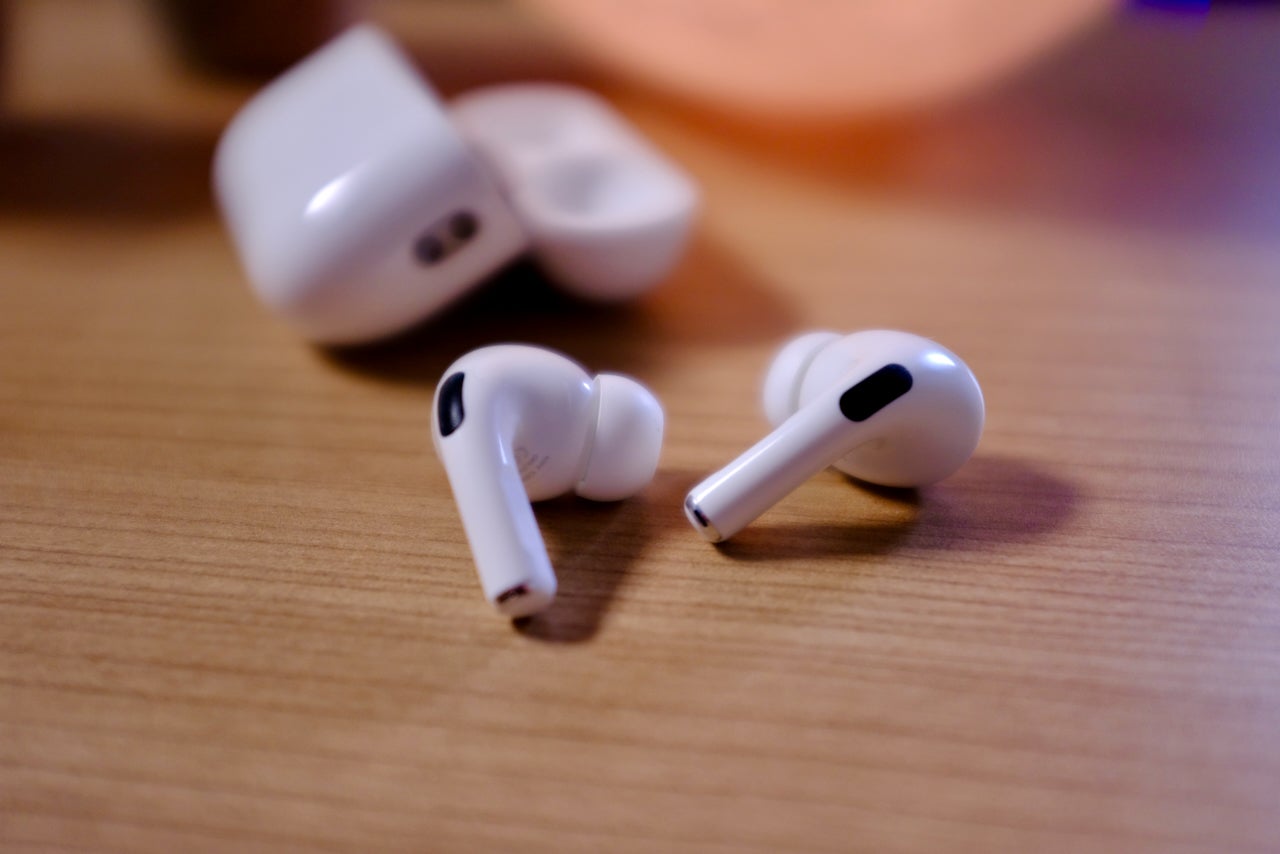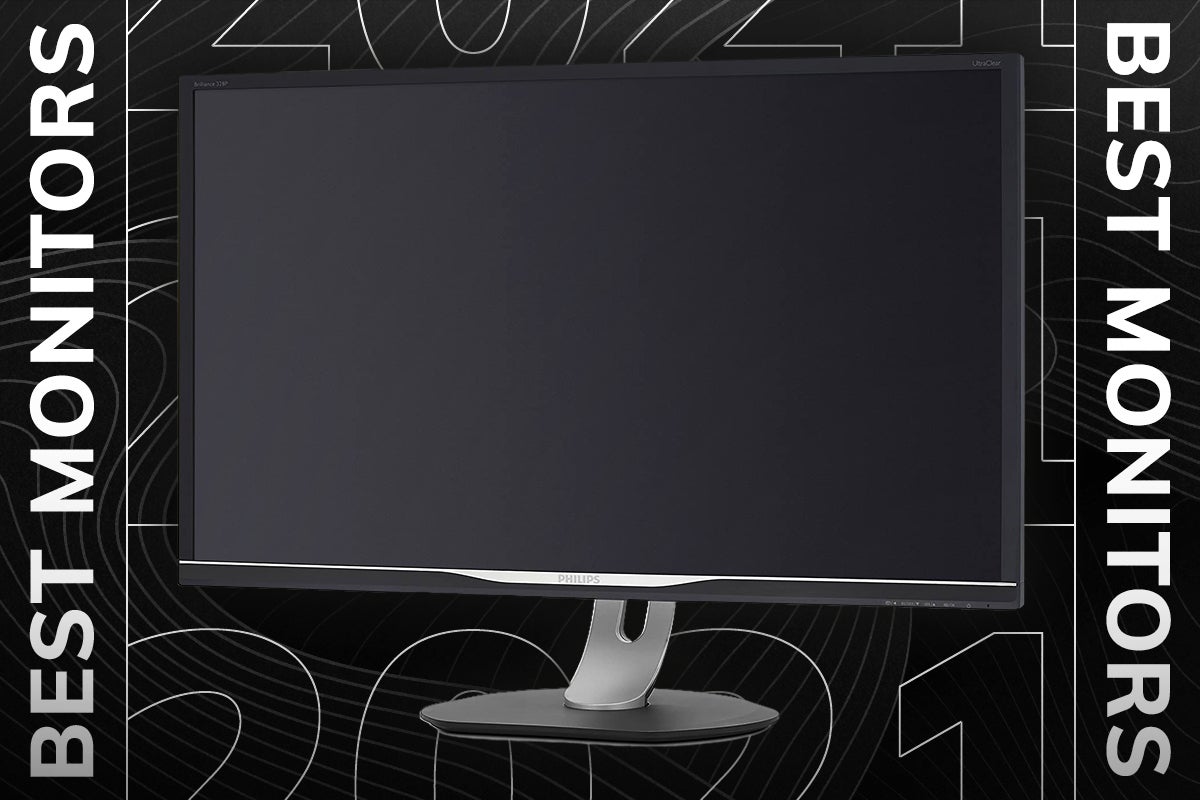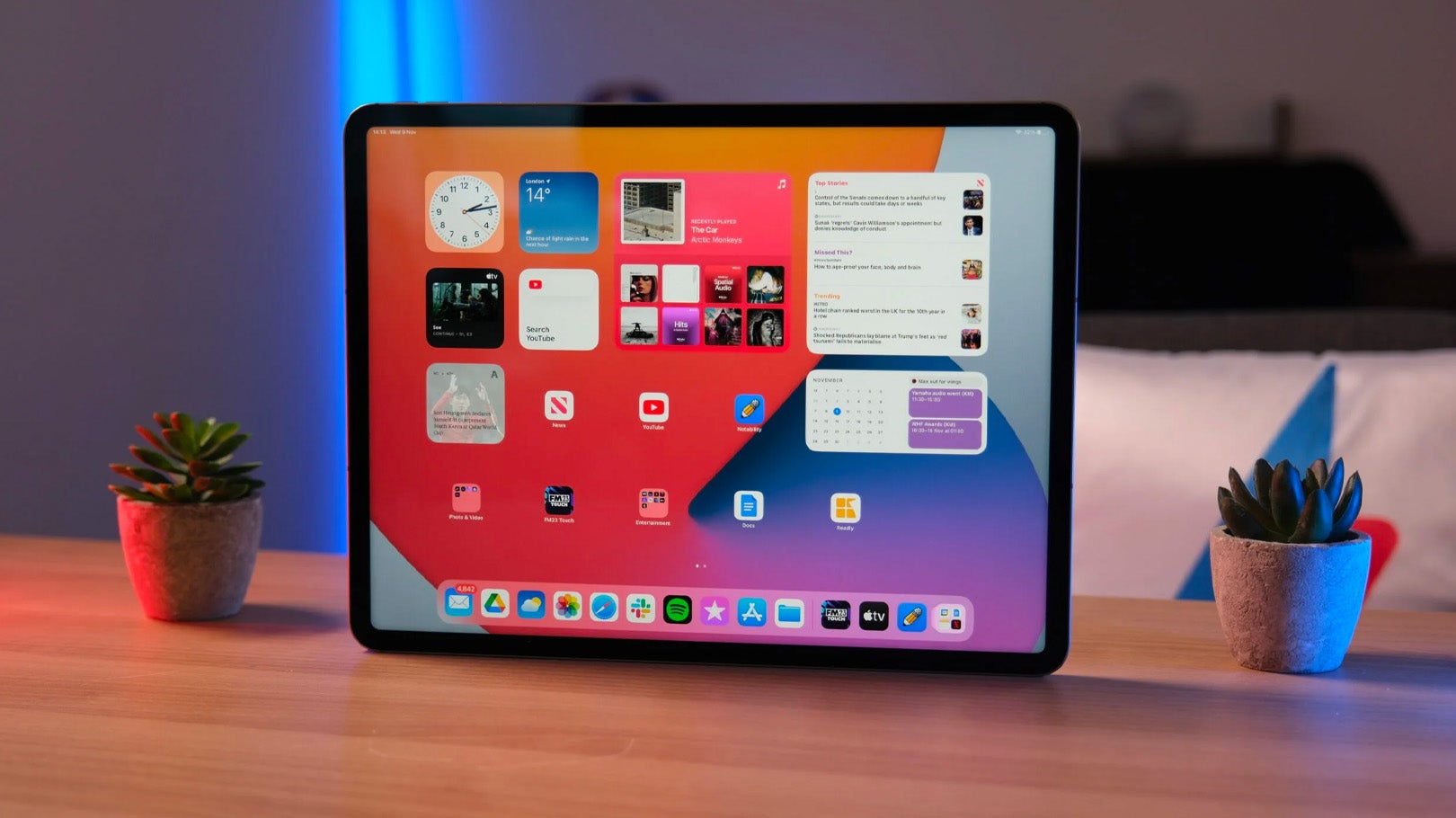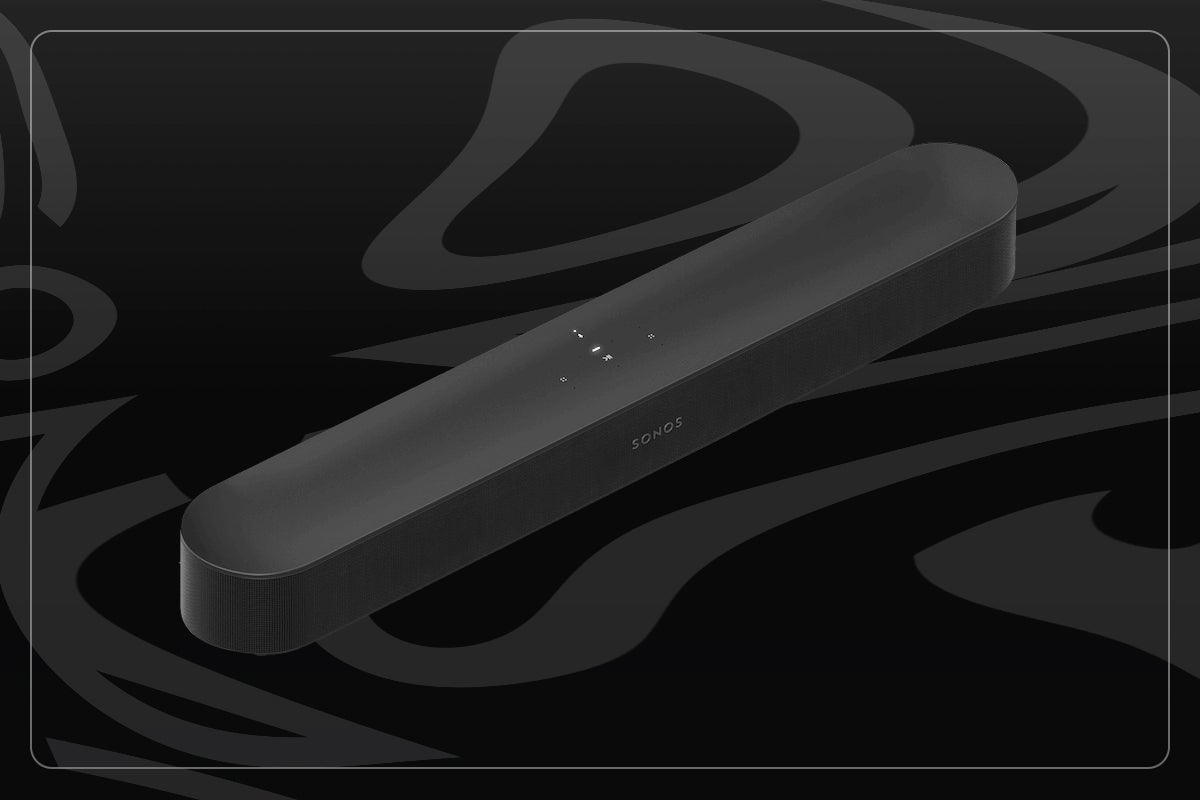Best Drones 2024: Our top 5 drones for aerial photography and videography

If you’re looking to shoot aerial photography or video, you’ll want to get your hands on a drone. These nifty little robots are able to easily take flight, allowing you to capture angles that would otherwise be impossible (or at least very difficult if you don’t have the right equipment on hand).
Whether you’re picking up your first drone or upgrading from an older model, this guide is designed to help you decide on your next big purchase. We’ve tested a good number of drones from small and budget models to larger, more premium options and included only the best-of-the-best in this list.
When we test drones, we consider factors like the design, build quality, flight performance, camera performance and battery life to ensure we form a well-rounded opinion of each device. We also examine additional features such as flight modes, companion apps and speed as these can make or break your flying experience.
We would recommend doing a bit of research into UK drone law before you place any drone order as you don’t want to run into any legal issues for flying yours in the wrong place. This is especially important to do first as the size and weight of your drone will affect how these laws apply to you.
Sub-250g drones are the easiest to fly legally, for example, with relatively lax restrictions compared to heavier drones.
Keep reading to discover all the best drones we’ve tested in recent years, or visit our other best lists for more great devices for photography and videography. These include the best cameras, best mirrorless cameras, best action cameras and the best cameras for vlogging.
Best drones at a glance
- Best drone: DJI Air 3 – check price
- Best alternative: DJI Mini 3 Pro – check price
- Best premium pick: DJI Mavic 3 – check price
- Best budget drone: Ryze Tello – check price
- Best small drone: DJI Mini 3 – check price
How we test
We thoroughly test camera drones with hours of flight time, as well as capturing sample photos and videos. We’ll always tell you what we find and we never, ever accept money to review a product.
- Tiny and lightweight
- Good image quality for a small drone
- Long flight time
- Excellent obstacle avoidance
- Spotty object tracking
- Still some softness in low light
- Long battery life
- Superb on-board camera
- Great safety features
- Digital zoom produces soft images
- Not all features available at launch
- Very affordable
- Easy to fly
- Compact and lightweight
- Some interesting flight modes
- Simple app
- Choppy video
- Doesn’t fly well in wind
- Great value as an entry-level drone
- Stunning overall video and image quality
- Lightweight and portable design
- Can’t quite match the DJI Mini 3 Pro for preformance
- Photos lose quality when cropping
- No Active Track
- Superb image quality from a versatile double camera
- Long battery life
- User-friendly flight controls and safety features
- Smaller and cheaper than a Mavic Classic
- Significantly larger and heavier than the Air 2S
- Weight class limits where it can be flown in the UK
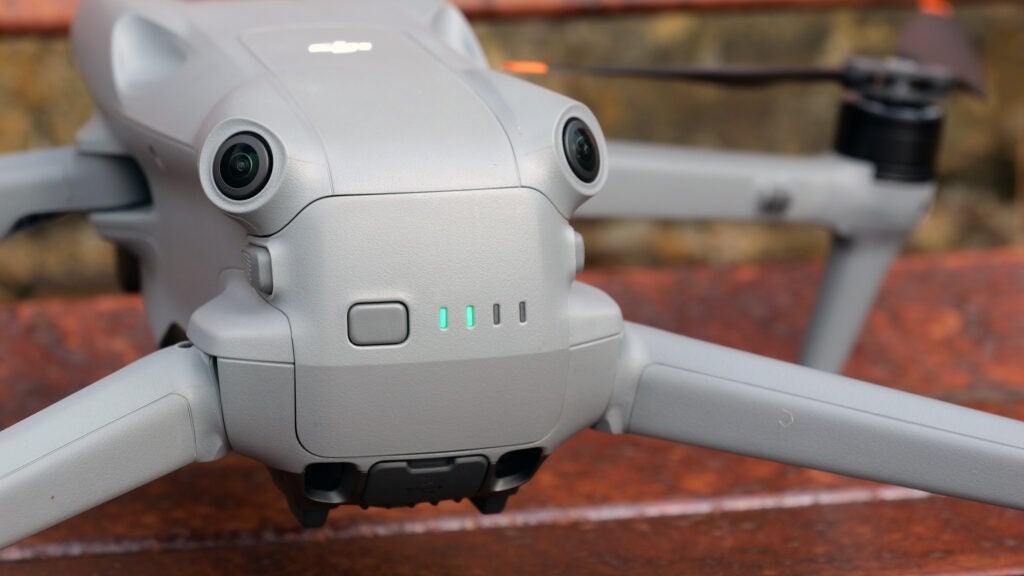
DJI Air 3
Best drone
Pros
- Superb image quality from a versatile double camera
- Long battery life
- User-friendly flight controls and safety features
- Smaller and cheaper than a Mavic Classic
Cons
- Significantly larger and heavier than the Air 2S
- Weight class limits where it can be flown in the UK
The DJI Air 3 is DJI’s latest mid-range folding drone aimed at enthusiasts who want great aerial image quality without the Mavic price tag. It’s also the first new Air drone since 2021’s Air 2S.
The DJI Air 3 features a 48-megapixel dual-camera setup consisting of a wide-angle sensor and a telephoto sensor. This is the first time an Air camera has come equipped with two cameras and we enjoyed both of them, with the telephoto lens allowing you to get closer to your subject without disturbing that, whether you’re shooting sports, wildlife or a wedding.
We also found that the image quality and flexibility surpassed all previous mid-range and entry-level drones from DJI without costing as much as the Mavic 3 series.
There are loads of useful features here too, including FocusTrack to lock onto a subject and omnidirectional obstacle avoidance to prevent the drone from bumping into things.
The drone also packs a larger battery than the Air 2S, allowing you to record up to 46 minutes of footage before landing to recharge.
The biggest drawback here is the design. The DJI Air 3 is almost as heavy as the Mavic 3 Classic and much larger and heavier than the Mini 3 Pro.
For EU flyers, the weight won’t make a difference as this drone is classified as a C1 drone. However, UK buyers will want to consider the fact the Air 3 is subject to more restrictions than the Mini 3 Pro due to its weight being over 250g. This means the Air 3 legally cannot fly closer than 50m to uninvolved people or over a crowd and must remain at least 150m away from residential, recreational, commercial and industrial sites.
For this reason, UK buyers might want to consider the more compact and lightweight Mini 3 Pro over the Air 3.
Reviewer: Sam Kieldsen
Full Review: DJI Air 3
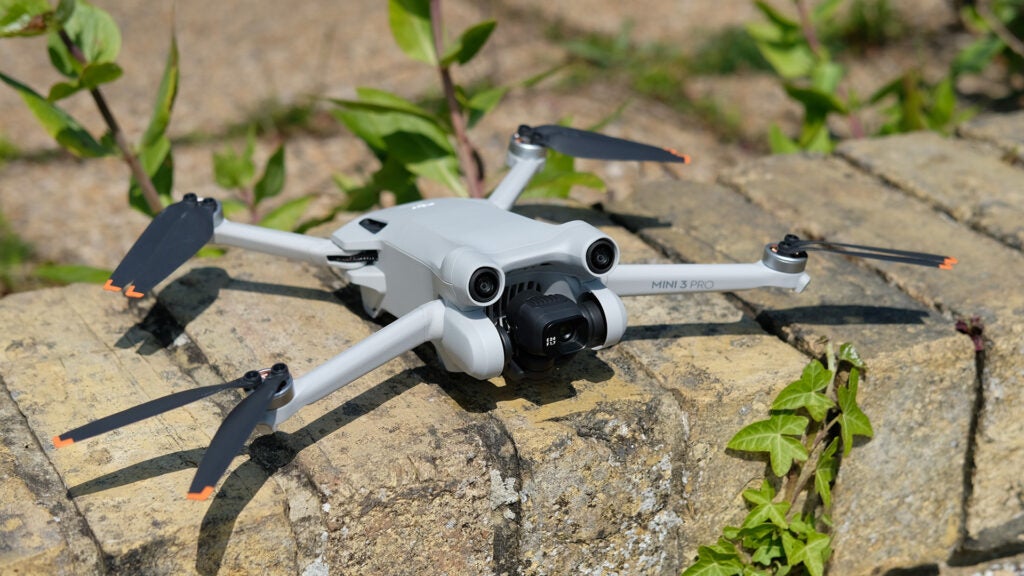
DJI Mini 3 Pro
Best alternative
Pros
- Tiny and lightweight
- Good image quality for a small drone
- Long flight time
- Excellent obstacle avoidance
Cons
- Spotty object tracking
- Still some softness in low light
The DJI Mini 3 Pro is the best alternative to the DJI Air 3, earning the same 5/5 score as the larger DJI Mavic 3 for close to a third of the price. This makes it a fantastic value option for those in search of a sub-250g drone and not looking to spend almost two grand on the flagship Mavic line.
Despite its “mini” title, the DJI Mini 3 Pro is no entry-level drone. This aircraft is aimed at professionals and enthusiasts over beginners, making its £639 price tag incredibly tempting. It also weighs under 250g, meaning it’s subject to fewer legal restrictions than heavier models like the Air 3 and the Mavic 3.
The Mini 3 Pro is thin and small with a folding design, though we found it tough enough to handle constant use and flying in breezy conditions. The drone also comes with a choice of two remote controllers and a plastic cover to protect the device when it isn’t in use. There’s a USB-C port for charging and file transfers and the microSD card slot supports memory cards of up to 512GB.
We found the drone very easy to fly and the twin-stick controls give you a good amount of precision over the positioning and speed. There are three flight modes, including normal, cinema and sport and we found the drone flew swiftly and stably, able to reach speeds of up to 16m/s in sport mode.
The Mini 3 Pro includes obstacle-sensing cameras. This means that the drone is able to detect objects and stop its movement before getting too close to them which should help circumvent crashes. The sensors also work with the automated flight modes, meaning you can tell the drone to follow you or another moving object, though we found the tracking could be quite fussy, often losing its subject or not locking on when selected.
The Intelligent Flight Battery offers up to 34 minutes of flight time on a single charge. This can be extended to 47 minutes with the Intelligent Flight Battery Plus but doing so does take the drone quite a bit past the 250g mark.
The camera quality is also the best we’ve seen on a sub-250g drone, though it can’t compete with some larger models that can capture rich 10-bit footage. The Mini 3 Pro is able to shoot 4K video at up to 60fps or FHD at up to 120fps. The camera has a 1/1.3-inch CMOS Quad Bayer sensor with 48 effective megapixels, a wide f/1.7 aperture and an ISO range of 100 to 6400, allowing it to perform better in low light than the DJI Mini 2.
If you’re looking for a lightweight drone with excellent battery life and obstacle avoidance, the DJI Mini 3 Pro is a fantastic choice.
Reviewer: Sam Kieldsen
Full Review: DJI Mini 3 Pro
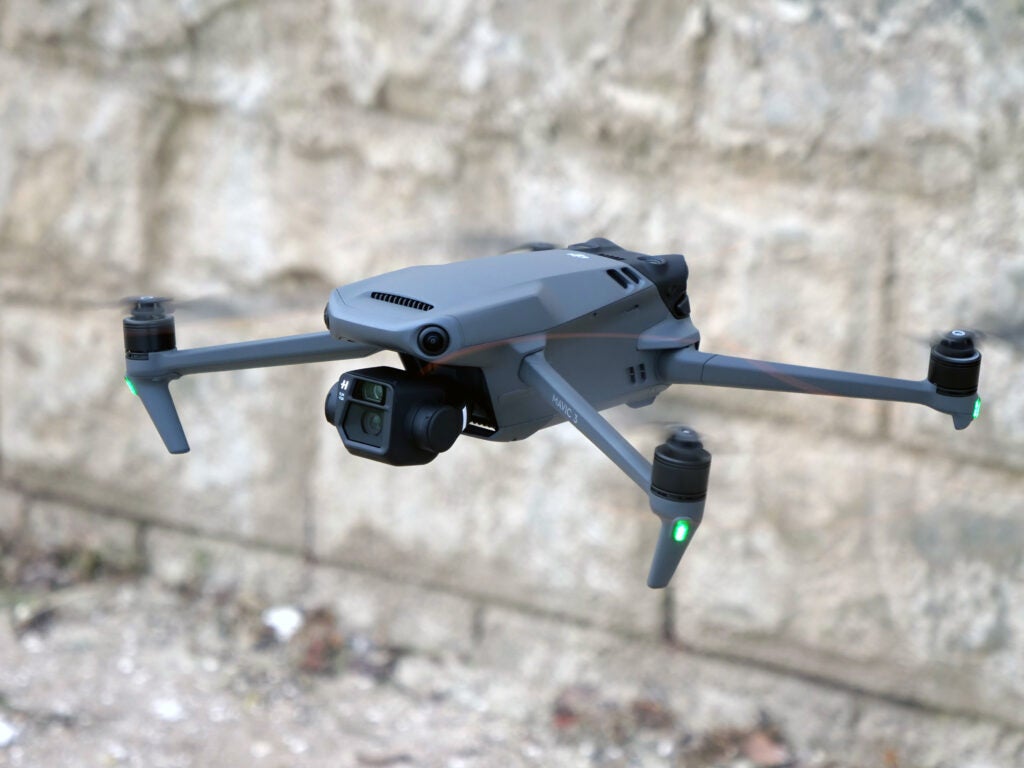
DJI Mavic 3
Best premium pick
Pros
- Long battery life
- Superb on-board camera
- Great safety features
Cons
- Digital zoom produces soft images
- Not all features available at launch
The DJI Mavic 3 is the other five-star review on this list and the best choice for those looking for a premium drone with a superb camera and battery life.
Appearance-wise, the Mavic 3 looks similar to the Mavic 2 Pro that came before it with its rotors on the four fold-out arms, a battery that slides into the back and a camera mounted on the three-axis gimbal at the front.
The Mavic 3 is the largest drone on this list with its 895g weight pushing it into a stricter category in the UK when it comes to flying restrictions. If you’re looking for more shooting freedom, you might want to opt for a drone under 250g like the DJI Mini 3 Pro. However, despite its weight, the drone remains a very portable size.
The Mavic 3 comes with the DJI RC-N1 remote controller, which features joysticks to control the drone and a place to dock your smartphone.
The battery life on the DJI Mavic 3 is excellent, offering up to 46 minutes of flight time using the battery provided, though for longer shoots we’d recommend picking up a couple of extra batteries.
The drone is steady when flying and responsive to controls, with the omnidirectional sensor system there to warn you of any potential collisions and APAS 5.0 technology steering it around obstacles without straying off its general path.
There’s also an autopilot feature designed to take the Mavic 3 back to its take-off point that will automatically kick in when the battery is low, as well as a maximum range of 15km for using the drone. That’s great, but in the UK, you’re required to keep line of sight with the drone at all times.
The Mavic 3 marked a major upgrade for DJI’s folding drones in terms of image and video quality. The drone boasts a 20-megapixel 4/3 CMOS sensor that is significantly larger than the 1-inch sensor on its predecessor.
The drone is capable of recording video resolutions of up to 5.1K, with sharp details and smooth colour gradations even in twilight conditions. There’s also support for 10-bit D-Log recording, or Apple Pro Res 422 HQ if you opt for the Cine edition. There’s also a second 12-megapixel sensor with a zoom lens to deliver up to 28x magnification, though the quality does fall off in this area.
Reviewer: Sam Kieldsen
Full Review: DJI Mavic 3
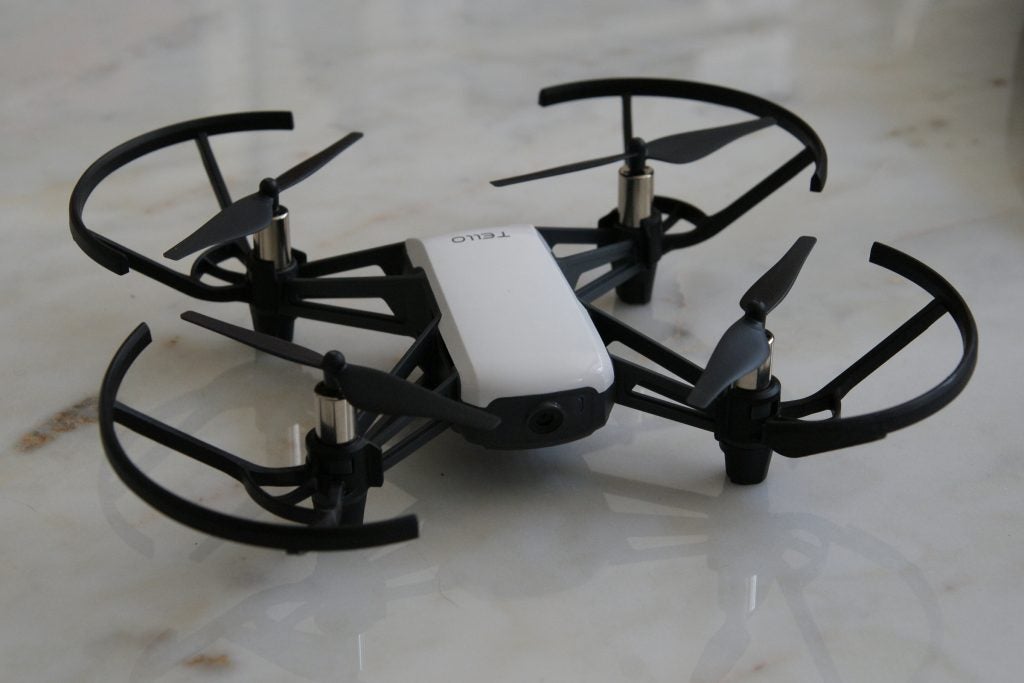
Ryze Tello
Best budget drone
Pros
- Very affordable
- Easy to fly
- Compact and lightweight
- Some interesting flight modes
- Simple app
Cons
- Choppy video
- Doesn’t fly well in wind
The Ryze Tello is a tiny entry-level quadcopter created by Chinese startup Ryze Technology in collaboration with DJI. This isn’t a drone for serious aerial photographers but for under £100 the Tello is a joy to fly.
The Tello is small and lightweight even compared to the compact DJI Spark at just 100mm square (when viewed from above) and 80g. The plastic feels noticeably cheaper than that used to make DJI’s usual drones but is still tough enough to provide some durability.
The front camera is fixed instead of mounted on a gimbal, meaning its stabilisation is provided by electronics rather than there. The battery life is also short at just 13 minutes (or 10 in our experience) and can be charged using the Micro-USB port on the drone, or using a separate charger with space for three batteries if you opt for the Boost Combo package.
The drone itself is surprisingly stable and responsive when in flight, though we wouldn’t recommend taking it outside if there’s any wind as the drone runs the risk of getting swept away with no GPS-based return-to-home function.
There are six flight modes to experiment with, including 360, Throw & Go, 8D Flips, Bounce, Up & Away and Circle, all of which we found worked exactly as advertised.
There’s no card slot or built-in ROM storage, with photos and video transferred directly to the smartphone or tablet used to control the drone. You can also use a third-party Bluetooth gamepad controller to direct the Tello if you’d prefer a pair of physical joysticks.
The Tello requires a Wi-Fi connection, meaning it can only stretch as far as 100m from its user, though we found it was limited to closer to 50m.
The Ryze Tello produces acceptable-looking 5-megapixel stills and 720p video in bright lighting with little noise and level footage thanks to EIS, though the quality is nothing outstanding. This is also affected by the fact that footage is transferred over Wi-Fi, meaning we often spotted dropped frames and bad compression artefacts in videos shot outside.
The Ryze Tello is a well-made toy that is fun to fly and teaches you the drone fundamentals with a good range of interesting flight modes. However, anyone looking to capture decent-quality photos and video will need to spend more on their drone purchase.
Reviewer: Sam Kieldsen
Full Review: Ryze Tello
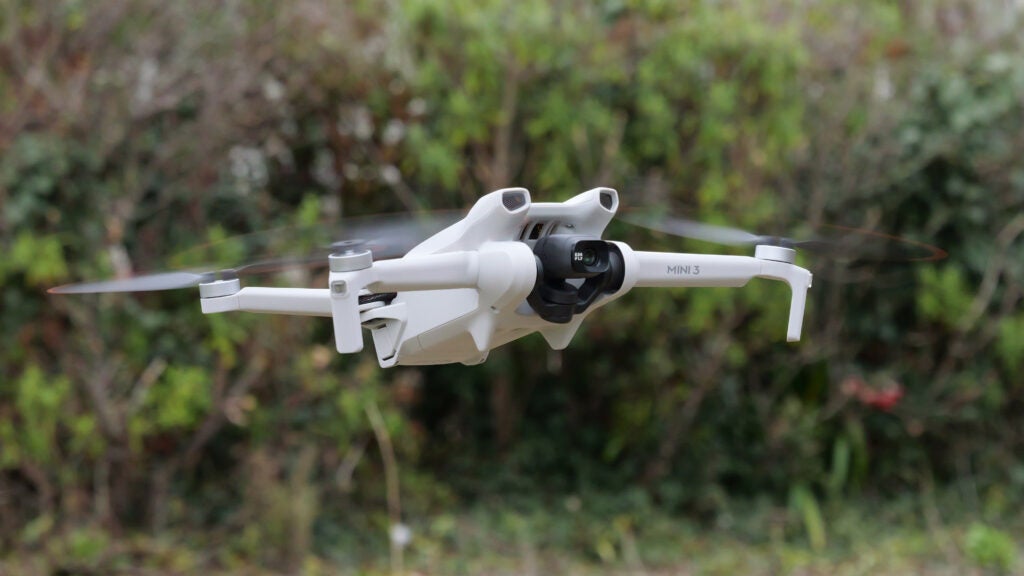
DJI Mini 3
Best small drone
Pros
- Great value as an entry-level drone
- Stunning overall video and image quality
- Lightweight and portable design
Cons
- Can’t quite match the DJI Mini 3 Pro for preformance
- Photos lose quality when cropping
- No Active Track
The DJI Mini 3 is another small drone, sitting just below the Mini 3 Pro in DJI’s Mini 3 line-up. While not as well-equipped as our favourite drone, the Mini 3 remains an excellent entry-level option that delivers a lot for its low price.
The Mini 3 looks very similar to the Mini 3 Pro and weighs the same 249g thanks to its thin plastic construction. At 148 x 90 x 62mm, the drone is small enough to slip into a coat pocket and the low weight means it falls under a less restricted category of UK drone law than larger drones like the DJI Mavic 3.
There’s a USB-C port for charging and file transfers as well as a microSD slot for storage, and the drone is compatible with the same choice of two controllers supported by the Mini 3 Pro.
Unlike the Mini 3 Pro, the Mini 3 doesn’t benefit from front and back sensors to help detect and avoid obstacles around it and avoid collisions. Instead, the Mini 3 sticks to downward-facing sensors which only aid stability and landing so you’ll need to be a little more careful when flying this drone.
The drone itself is very responsive and easy to fly with no discernable delay between the twin joystick controllers and the drone’s reactions and 720p live feeds are clear and stable. The device has a maximum control range of 6km.
The Mini 3 is capable of hitting speeds of up to 16m/s in windless conditions and we found the drone did a decent job of withstanding coastal wind despite its tiny size. Furthermore, the battery life is even longer than that on the Mini 3 Pro at 38 minutes to the Pro’s 34 minutes.
There are also features like automatic take-off, landing and return-to-home available here, along with some automated shot modes. However, unlike the Mini 3 Pro and the DJI Mavic 3, there’s no Active Track tracking so you will need an actual person to control the drone if you want the camera to follow you around.
The 12-megapixel 1/1.3-inch CMOS sensor is a downgrade compared to the Mini 3 Pro’s camera, but the ability to snap 12-megapixel stills and shoot 4K/30fps video is still impressive for an entry-level drone.
Reviewer: Sam Kieldsen
Full Review: DJI Mini 3
We also considered…
We’ve reviewed
See all reviewsFAQs
According to the CAA, “you do not need to register if you’ll only use a drone or model aircraft that weighs below 250g and is a toy or does not have a camera”.
However, all other drones will need to be registered and the owner must register for either a flyer or operator ID, depending on if they plan to fly it or are just responsible for managing and maintaining the drone.
You can find all of the rules you’re required to follow as someone with a drone in the UK on the CAA’s website.


